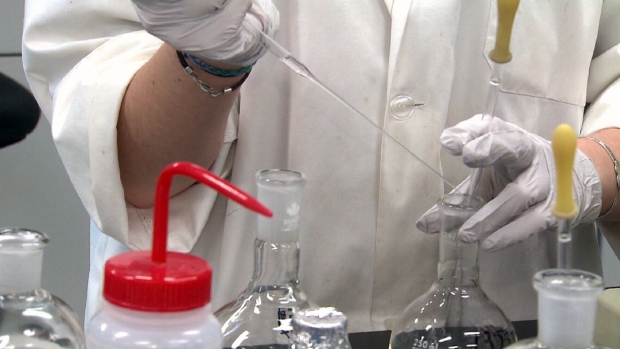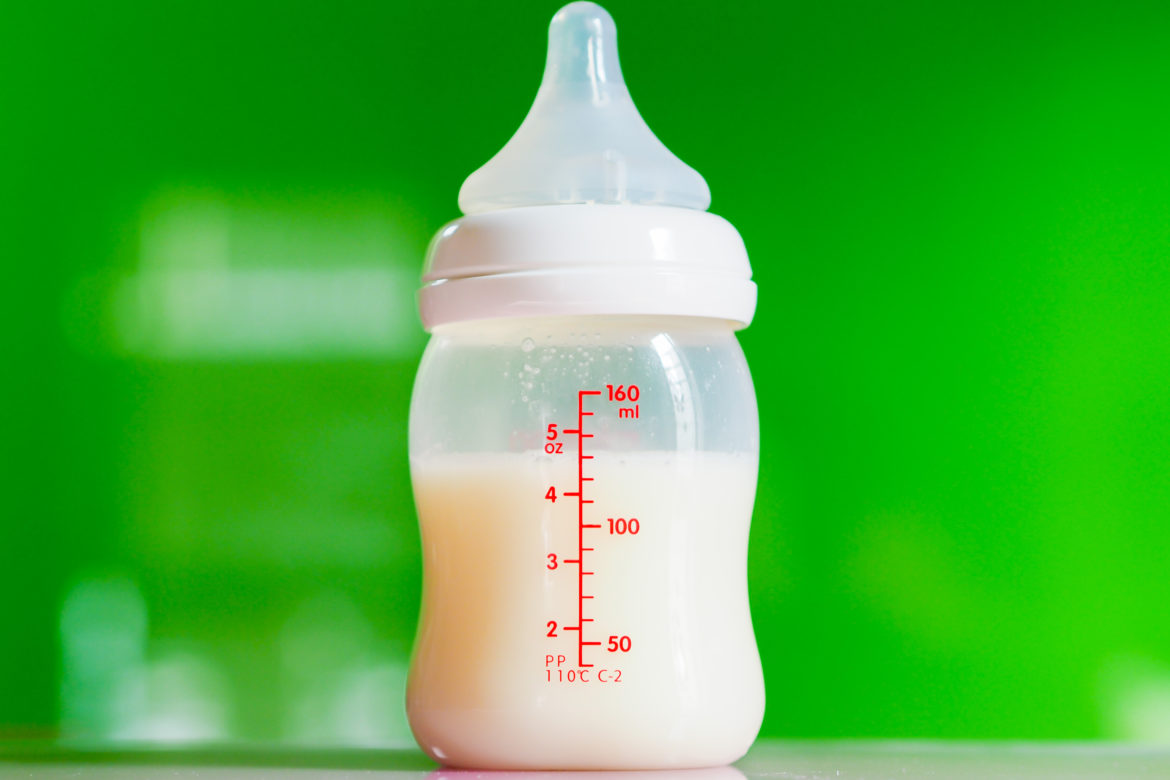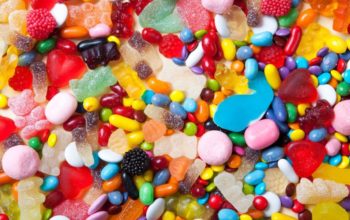Baby Bottles-
Warm content increases levels of plastics in food two-fold.
There is growing evidence to suggest that micro- and nano plastics are released into our food and water sources through the chemical and physical degradation of larger plastic items.
Written content from Healthy Living
Some studies have demonstrated the potential transfer of micro and nano plastics from oceans to humans via the food chain but little is known about the direct release of microplastics (MPs) from plastic products through everyday use.

Polypropylene (PP) is one of the most commonly produced plastics in the world for food preparation and storage. It is used to make everyday items, such as lunch boxes, kettles and infant-feeding bottles (IFBs). Despite its widespread use the capacity of PP to release microplastics was not acknowledged until now.
The research also indicates a strong relationship between heat and microplastic (MP) release; warmer liquids (formula or water used to sterilize bottles) result in far greater release, according to the findings in Nature Food and from investigators at from AMBER, the SFI Research Centre for Advanced Materials and Bioengineering Research, TrinityHaus and the Schools of Engineering and Chemistry at Trinity College Dublin.
Key findings:
Polypropylene infant-feeding bottles can release up to 16 million MPs and trillions of smaller nanoplastics per liter. Sterilization and exposure to high temperature water significantly increase release from 0.6 million to 55 million particles/l when temperature increases from 77 to 203° F.
Other polypropylene plastic-ware products (kettles, lunchboxes) release similar levels of MPs.

The team undertook a global survey and estimated the exposure of 12-month-old infants to microplastics in 48 regions. The team found that the overall average daily consumption of PP-MPs by infants per capita was 1,580,000 particles. Oceania, North America, and Europe have the highest levels of potential exposure, at 2,100,000, 2,280,000, and 2,610,000 particles/day, respectively.
What To Do
The level of MPs can be significantly reduced by following modified sterilization and formula preparation procedures
Sterilizing infant feeding bottles
Always allow to cool before filling
Prepare sterilized water by boiling in a non-plastic kettle/cooker (e.g. glass or stainless steel)
Rinse the sterilized bottle using room temperature water at least three times
Preparing infant formula
Prepare hot water using a non-plastic kettle/cooker
Prepare infant formula in a non-plastic container using at least 158° F water. Cool to room temperature and transfer prepared formula into a high quality plastic infant feeding bottle
Standard Precautions
Do not reheat prepared formula in plastic containers and avoid microwave ovens
Do not vigorously shake the formula in the bottle at any time
Do not use sonication to clean plastic infant feeding bottles
Read more from Healthy Living.
Follow “News Without Politics” for updates on more amazing stories across the U.S. and around the world without media bias.
Stay informed from the best unbiased news source: newswithoutpolitics.com




